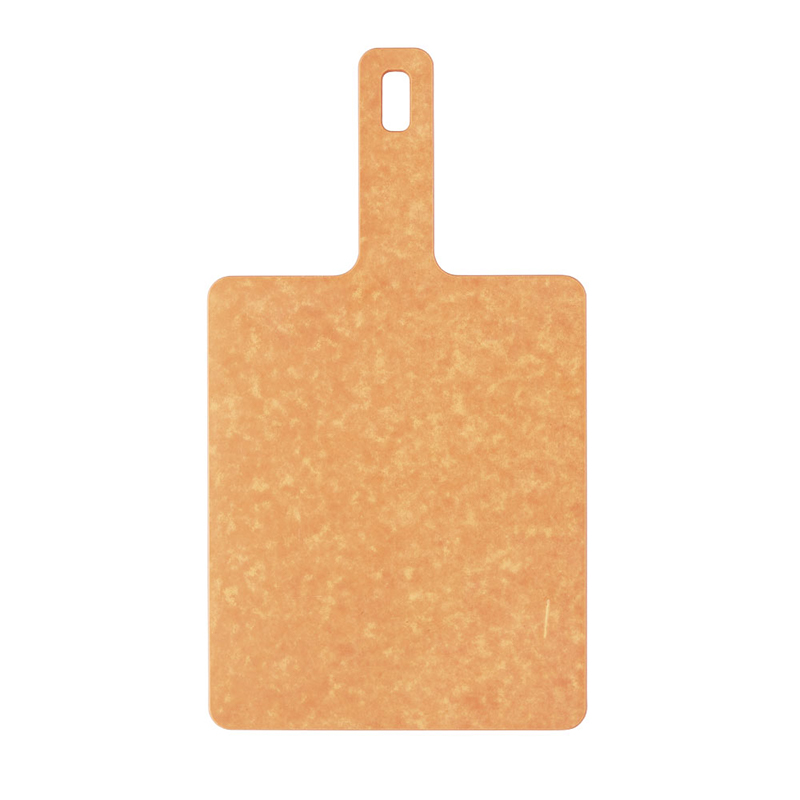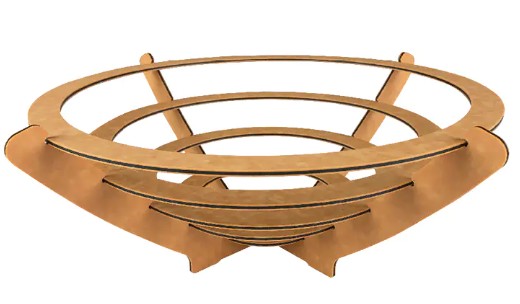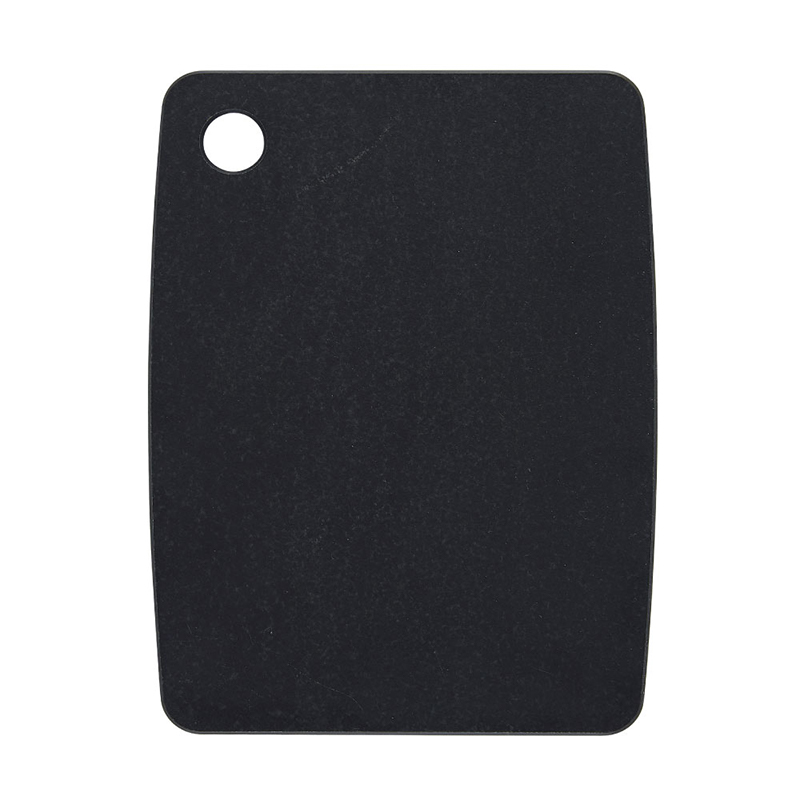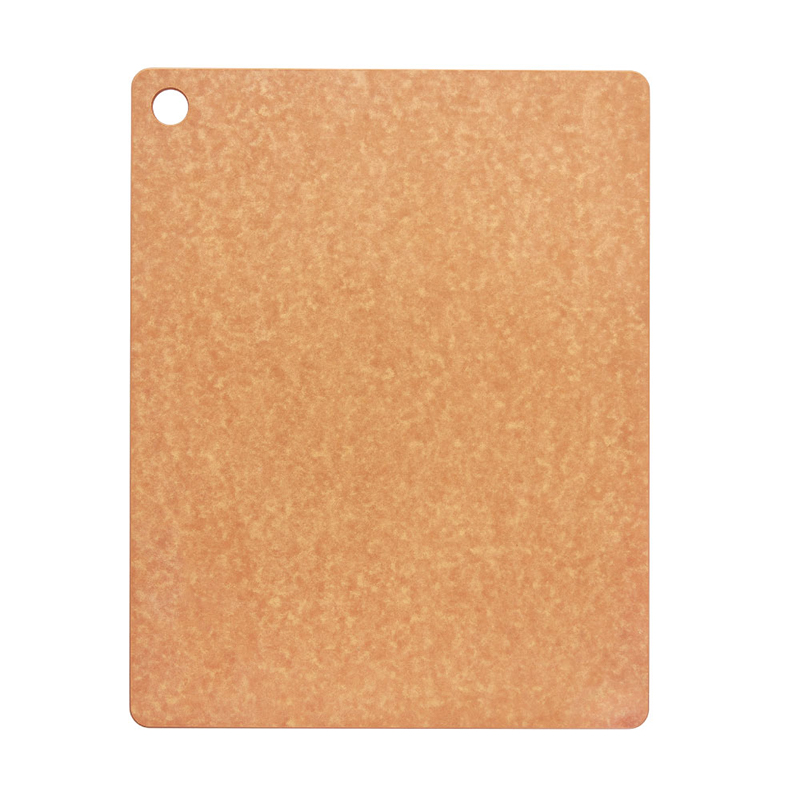-
Wood Fiber Cutting Board Daily Use Guide for Importers and Home Users
In the modern kitchenware industry, the Wood Fiber Cutting Board has become a practical and reliable choice for both professional chefs and everyday users. Its design combines sustainability, hygiene, and durability, which makes it stand out among other materials in global trade and home use. Many distributors and users are now asking: how does this type of cutting board perform in daily cooking, and what advantages does it bring for long-term use?

Wood Fiber Cutting Board Advantages for Daily Use
Compared with traditional materials like solid wood, plastic, or bamboo, the wood-fiber cutting board achieves an ideal balance of strength and maintenance simplicity. Unlike plastic boards that often absorb odors or warp under heat, the dense fiber surface resists moisture and remains smooth even after heavy chopping. Tests have shown that wood-fiber boards maintain surface integrity 25 to 30 percent longer than conventional wooden boards.
They are also lighter in weight—an average medium-sized wood-fiber board weighs about 1.5 kilograms, while a similar wooden one can reach 2.3 kilograms. This lower weight means easier handling for users and reduced shipping costs for exporters. For factories and distributors, that translates into higher transport efficiency and lower damage rates during delivery.
Wood Fiber Cutting Board Usage in Daily Food Preparation
Before using the board for the time, rinse it gently with warm water and mild soap, then dry it completely. During use, always place it on a flat, dry surface; putting a slightly damp towel underneath will prevent sliding. When cutting, use a sharp knife and apply moderate pressure. The surface texture of the board protects knives from dulling and prevents deep scoring even after thousands of cuts.
After cooking, wash the board with warm water, wipe it clean immediately, and store it upright to allow air circulation. This daily routine ensures both hygiene and structural stability.
Wood Fiber Cutting Board Maintenance Tips
Maintenance is simple yet effective. To keep the surface looking fresh, wipe it clean after each use and occasionally apply a small amount of beeswax or food-safe oil. Let it absorb for several minutes before wiping off any excess. This helps maintain a soft sheen and enhances moisture resistance.
Unlike traditional wooden boards that need to be oiled frequently to prevent cracking, a wood-fiber board requires far less care. It should be kept away from direct sunlight and not submerged in water for long periods.
Wood Fiber Cutting Board Comparison with Other Materials
Plastic boards are affordable and easy to clean but can trap micro-scratches that harbor bacteria. Bamboo boards are eco-friendly and visually appealing but often feel too hard on knives and may absorb stains. Solid wooden boards are highly durable but need frequent oiling and must be hand-washed only.
The wood-fiber cutting board, on the other hand, combines the features of these materials. It provides high hygiene, gentle knife contact, and very low maintenance needs. The surface resists staining, moisture, and odor retention. Its typical lifespan ranges from five to eight years under household use—longer than many plastic bamboo boards, and comparable to premium hardwood options.
Conclusion
For global buyers and home users alike, the Wood Fiber Cutting Board offers an balance between hygiene, strength, and usability. Its stable structure, easy maintenance, and appealing appearance make it a dependable choice in both domestic and commercial kitchens.

 日本語
日本語 English
English 中文简体
中文简体






